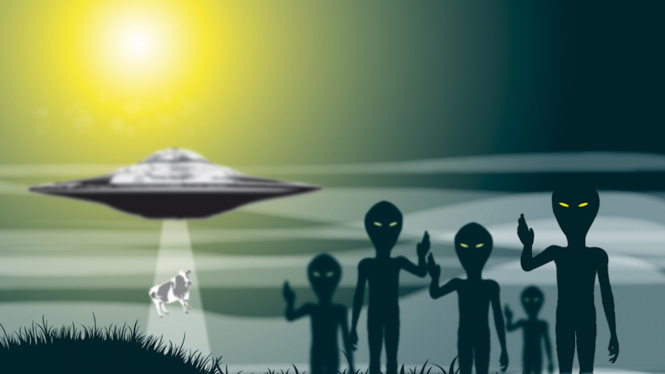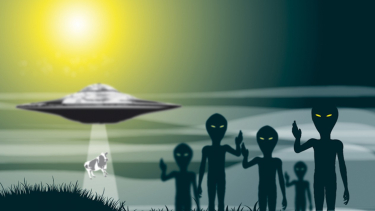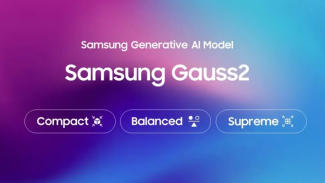People Will Soon Be Able to Talk with Aliens, Scientists Reveal
- Space.com
VIVA – Scientists believe that people will soon be able to make contact or talk with extraterrestrial life or aliens by 2029. The findings are based on calculations made by communicating with some of the planet’s most distant probes that were sent up into space years ago.
Voyager 1 and Voyager 2 were launched in 1977 and continue to travel through interstellar space, while Pioneer 10 and Pioneer 11, sent up in 1972 and 1973 respectively, along with New Horizons (2006), are on paths to pass the heliopause on their way to interstellar space.
Researchers from the University of California studied signals sent to these crafts to try and find stars near them that are best positioned to intercept the messages.
Alien.
- Tech Explorist
They then created a list of stars that should encounter Earth’s signals within the next century and discovered that alien civilizations could return a message as soon as 2029.
The results were published in the Publications of the Astronomical Society of the Pacific, where Howard Isaacson, a Berkley astronomer and co-author of the work, said: “This is a famous idea from Carl Sagan, who used it as a plot theme in the movie Contact.”
In that 1997 movie, directed by Robert Zemeckis, a Search for Extra-Terrestrial Intelligence (SETI) scientist finds evidence of alien life on a planet 26 light years from Earth, and is chosen to make first contact with it.
Also, signals sent to Voyager 2 in 1980 and 1983 reached two stars in 2007, one that’s 26 light years away and a brown dwarf 24 light years away. If messages come back from those two stars, they could reach us by the early 2030s, as reported from the express site.
“These spacecraft have communicated with the Deep Station Network (DSN) radio antennas to download scientific data and telemetry data. Outward transmissions from DSN travel to the spacecraft and beyond into interstellar space," according to the study.
“These transmissions have encountered and will encounter other stars, introducing the possibility that intelligent life in other solar systems will encounter our terrestrial transmissions," the study added.
Scientists used the beamwidth of the transmission between the DSN and the interstellar spacecraft to perform a search around the past and future positions of each spacecraft obtained from the JPL Horizons System.
However, not everyone is convinced by the findings. Kaitlin Rasmussen, an astrobiologist at the University of Washington, doubts whether the research will 'amount to anything'.
Los Angeles radio astronomer Jean-Luc Margot at the University of California is also skeptical, adding that the small and infrequent transmissions are unlikely to result in human detection by extraterrestrials, "The likelihood that other civilizations are in this little bubble is very small unless there are millions of civilizations in the Milky Way," Margot said.





























